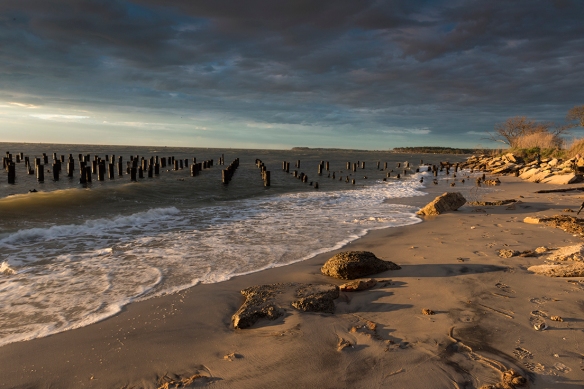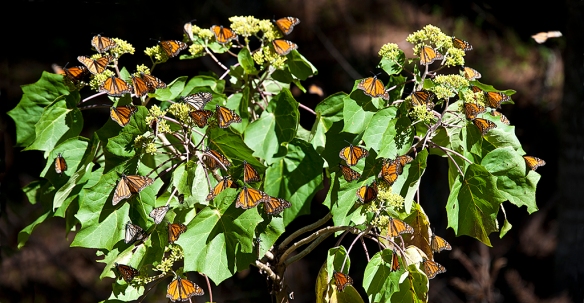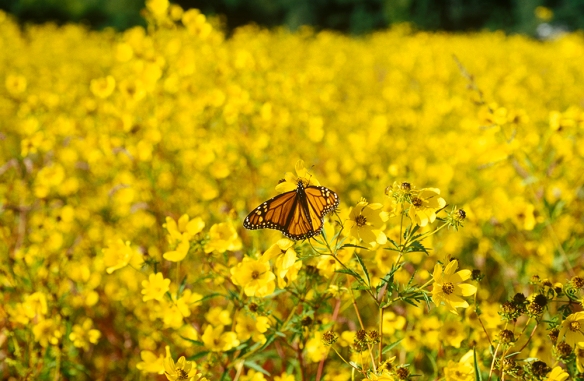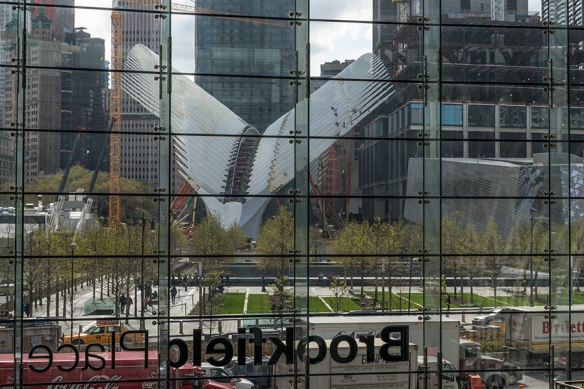Note: Special thanks to my photographer friend Kim, who introduced me to, and guided me through, this special place.
The Eastern Shore of Virginia is a 70-mile tract of land on the Delmarva Peninsula enclosed by the Atlantic Ocean on the east and the Chesapeake Bay on the west. Its northern border with Maryland and Delaware separates it completely from the rest of Virginia. On the Atlantic side, a series of barrier islands forms the longest remaining natural coastline along the entire eastern seaboard.

Sunset overlooking the Chesapeake Bay, Cape Charles, Virginia
Although this region is one of the earliest colonized areas of North America, Native American tribes flourished here long before European settlers first arrived at the beginning of the 17th Century. Characterized by fertile, easily tilled land and surrounded by the bay and ocean waters, the area remained a seafood and agricultural region with scattered small towns for almost 300 years.

Pear Valley 18th Century home, National Historic Landmark
(This tiny, frame house outside Eastville, VA has one room downstairs and two partial rooms in a sort of attic. It is an example of a middle class home in 1740)
In 1883, a group of railroad investors hatched the idea of a rail-sea link that would extend the terminus of the existing rail line in Maryland 65 miles down the peninsula to a massive pier where the rail cars would be loaded onto special barges that would carry them across the 36-mile stretch of water to a terminus in Norfolk.

Sunset Old Ferry Pier, Cape Charles, Virginia
The creation of the new rail-sea line was the reason for the creation of Cape Charles which, from its very conception, was a planned community and its original layout is still visible today. Many of the original homes still stand, a diverse range of styles including Victorian, Colonial Revival, and even some of the Sears and Roebucks houses that were delivered as a “kit” of 30,000 pieces and a 75- page manual.

Intersection of Mason and Pine Streets (looking left)
The above image shows a former bank, dating from the early 20th Century, that has been renovated and is now a popular Irish pub.

Intersection of Mason and Pine Streets (looking right)
The above image shows a former bank, dating from the early 20th Century, that became a branch of the Bank of America and is now the town library.
With daily trains arriving from New York, the town quickly became the economic center of the lower peninsula. Benefitting from a planned system of paved streets, electricity, telephones, and central water and sewage systems, it was more cosmopolitan than the other shore towns. But the glory years began a downturn with the Great Depression in the 1930s, the decline of the railroads after World War II, and the opening of the Bay-Bridge tunnel in 1964.

The At Altitude Gallery, opened in 2015 by photographer Gordon Campbell in the renovated Wilson’s Department store and exhibiting his dramatic aerial photography of the Cape Charles area.
But, after several decades of continued economic and population decline, the trend has reversed. As indicated in the above image, new businesses have opened and its potential for tourism has been recognized. As indicated in my images below, photographers are particularly smitten with its natural beauty and diversity of subject matter.

Sunrise at Oyster
(Oyster is small unincorporated community, named for its fishing industry, located about 5 miles from Cape Charles on the opposite side of the peninsula.)

Osprey Nest at Sunrise, Cape Charles, Virginia

Sand Dunes off Bay Avenue, Cape Charles, Virginia

Kite Surfers, Cape Charles, Virginia

Eyre Hall Gardens, Cape Charles, Virginia
(Eyre descendents have owned land in the lower portion of Northampton County continuously since 1622 for 12 generations. The gardens, while privately owned are open to the public and are among the oldest gardens in the United States)
































 Partially collapsed Interior Wall (much work remains)
Partially collapsed Interior Wall (much work remains)






















